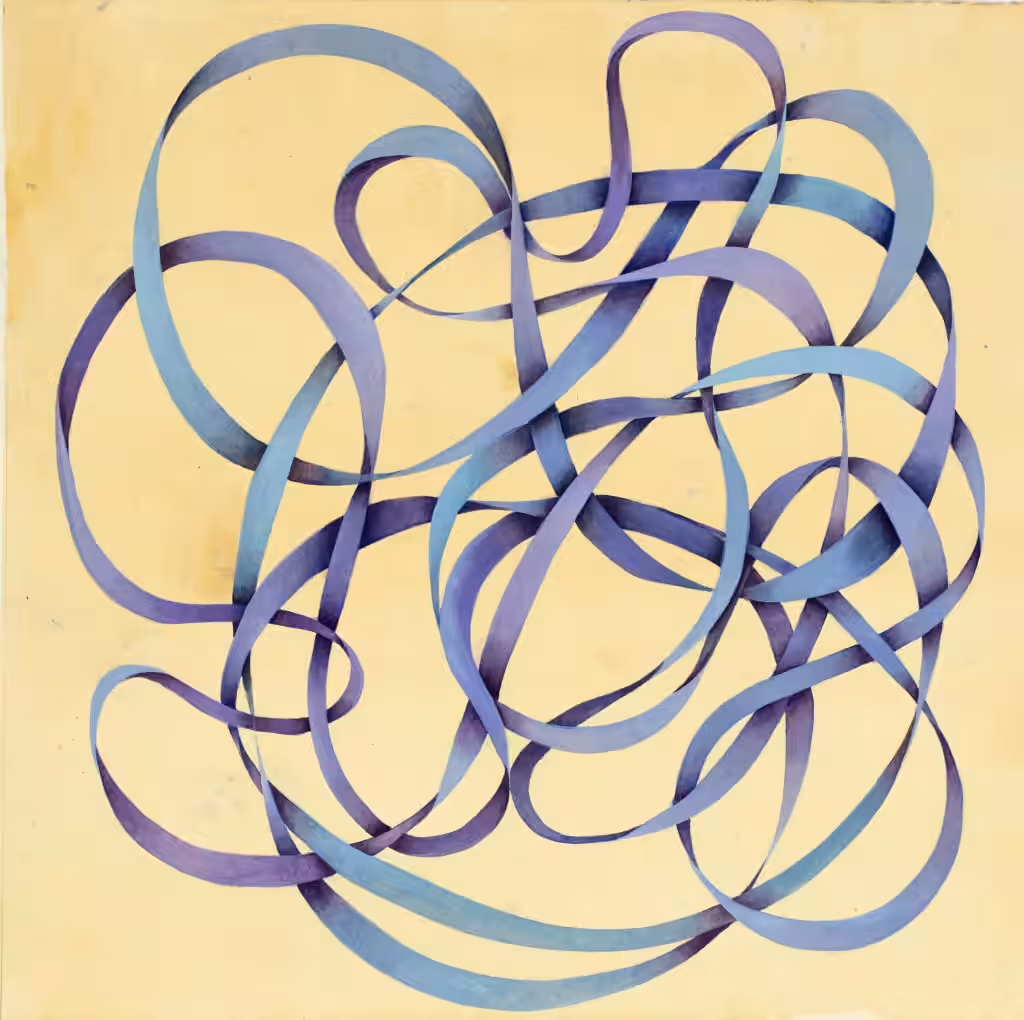Imagine for a moment a tranquil space filled with pale furnishings, a large bonsai and a white rug. Now, imagine a low-lit speakeasy.
Think about the different atmospheres in those two spaces and how they motivate us to behave differently when we are in them. A well-designed space has the power to shape not only our mood but the way in which we live.
When it comes to decorating your home, art may be the single most transformative tool at your disposal. Well-selected art has the power to turn a shabby room chic, alter your mood, and elevate your space. In the same way salt flavours a dish, so too does art flavour the home.
The question is: what’s your flavour?
The different styles of art
There are more styles of art than there are letters in the alphabet. From abstract to modern and everything in between, there’s a flavour to suit every sort of person – and every sort of home.
Some of the most popular styles of art are:
Contemporary – made by the artists of today, contemporary art covers a broad range of topical themes perfect for the modern home, so take your pick.
Abstract – if you’re aiming for a more conceptual feel in the home, abstract art is all about using the power of colour and shape to draw your own interpretations.
Pop art – made popular by the likes of Andy Warhol and Richard Hamilton, pop art offers a more playful take on art – and the world – with bold colours and whimsical designs.
Realism – art that looks like the world we see with our eyes. For a higher definition take, try hyperrealist pieces.
Expressionism – this style is about expressing the internal world of the artist, rendering their ‘impression’ of something. Caricature art is a form of expressionism.
When it comes to selecting art styles, it’s up to you – but you should find the options exciting, not daunting.
Some homeowners might like to keep one style of art – e.g. expressionism or pop art – throughout the property to maintain consistency, while others might go for a more eclectic approach that can work equally well.
The art of colour
More important than selecting a specific style of art for the home is choosing the right palette.
The role of colour in art can have a big impact on mood. A fiery red, for instance, will have a different impact than a tranquil blue. Different colours evoke different emotions, so your colour choices in selecting art will determine the mood you set for your home.
With the help of colour theory, you can get to know which colours work well together (complementary colours) to make a more informed choice. Consider using triadic colours to simplify the process; in colour theory, triadic colours are equally spaced from each other on the colour wheel, resulting in a visually pleasing, vibrant and harmonious look.
What’s great about using triadic colours is that there are many different combinations to choose from. The primary colours red, blue and yellow are triadic, but you also have green, orange and purple, and mixed variations like red-orange, yellow-green and blue-violet, and more yet. Sticking to a triad can help to simplify your task by showing you which art to look for based upon existing colours in a given space.
Bringing it all together
If you’re unsure about how to select the right artwork for your home, the trick is to first forget about the art.
Instead, think about how you want to feel in each room. For example, a bedroom, normally associated with rest and relaxation, might call for soothing dark colours or peace-promoting imagery like forestry, the ocean or the night sky.
On the other hand, a statement abstract piece might perfectly complement a home office, encouraging creativity while not being distracting.
Once you’ve determined the mood of each room, you can then consider things like colour. You can either tailor the art piece to complement the room’s existing palette or opt for a bold – but tasteful – contrast. This can work particularly well if you want to create a talking point, for example in a lounge area.
Equally as important as style and colour is the size of the art. Selecting a piece that’s too dainty for the room can give an amateur feel and fail to illustrate the full loveliness of the artwork, while an oversized piece can demand too much attention and make the room feel off balance.
If you’re unsure about whether a piece of art fits a space well, don’t be afraid to ask for a second – or third – opinion.
Expert answers to choosing art in the home, featuring Art Gazette
We teamed up with Art Gazette to answer the most common questions about choosing and displaying art at home. Art Gazette is a platform that supports both emerging and established artists by acquiring and showcasing their work through a curated program. You can find a full list of their available artworks here.
How do you hang a piece of art?
When following a standard approach, the centre of your artwork should sit at eye level. If you’re hanging art above furniture, aim to position the bottom of the piece about 10–15cm above it. The framing of the artwork will also influence how it’s hung, and if you’re not confident using a drill, there are specialist services you can use. For more flexibility beyond traditional hanging, consider installing picture rails which make it easy to rearrange your artwork whenever you want a change. Similarly, displaying pieces on shelves offers a versatile and informal way to curate your space.
*Image credit: Art Gazette, Claude Vergez, Winding Series Blue & Purple


Any tips for choosing artwork that won’t break the bank?
Art prices can vary dramatically, from multi-million-pound pieces sold by major galleries and auction houses to more affordable works offered by us at Art Gazette. In general, works on paper and prints tend to be more budget-friendly than original paintings. Local auctions can also be a great place to find hidden gems at reasonable prices – just be careful not to get too carried away when bidding!
*Image credit: Art Gazette, Ryan Orme, Springfield Park
Trends to invest in and trends to avoid?
Like any other market, the world of art is often influenced by trends, whether in artistic style, such as figurative or abstract work, or in materials, like the current trend of weaving. While it’s useful to stay informed about what’s happening in the market, your personal taste should remain the guiding factor in what you choose to add to your collection.
*Image credit: Art Gazette, Claude Vergez, Green and Brown solid


What are the biggest mistakes art owners make?
I know of a collector who purchased a large piece of art that would have fit perfectly on his wall, but it couldn’t fit through the doorway! So, make sure you accurately size up your artwork to avoid any nasty surprises. Additionally, avoid hanging pieces in direct sunlight unless they’re protected with UV filtering glass, which helps to preserve their condition over time. That said, most issues are minor compared to the lasting joy of living with art and experiencing the pleasure it brings every day.
*Image credit: Art Gazette, Hugh Mendes, Flat Lining
Insuring your art
Beauty is in the eye of the beholder, but not everything in art is subjective. Take your high-value art pieces, for example – should they be damaged or stolen, you’d be considerably out of pocket, with no two ways of looking at it.
Get a quote for your art in seconds
With cover in minutes
The broker agent service was exemplary; everything was made clear and all queries followed up quickly to arrive at a satisfactory solution.
5 Star Review ReviewsIO

